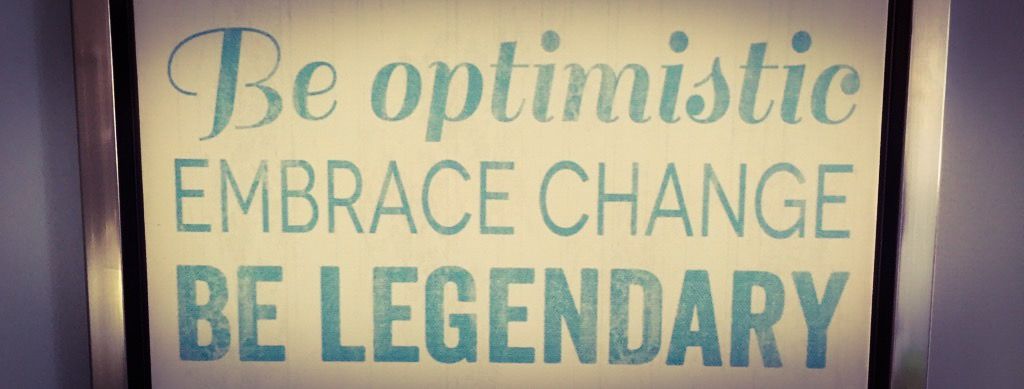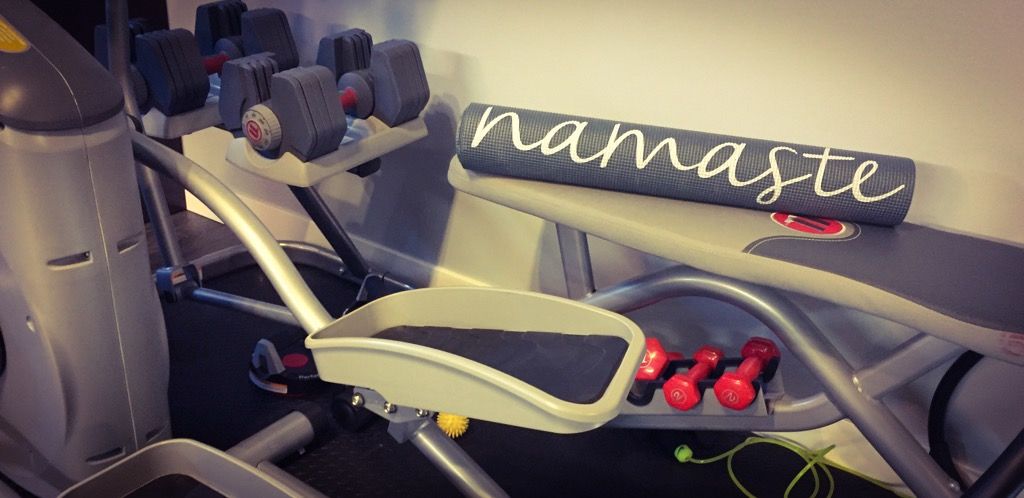Seven steps for setting and achieving personal goals

I love a fresh start. A clean page. A new beginning. The feeling that anything is possible, that opportunities are endless, that potential abounds.
Nothing says fresh start like a new year. It is the ultimate opportunity to let go of past mistakes and embark on a journey of self improvement. But the trouble with New Year’s resolutions is that, if you screw up, as most people inevitably do, the temptation to throw in the towel and try again next year becomes incredibly strong. So strong, in fact, that about two-thirds of people who make New Year’s resolutions give up before the end of January.
Not everyone sets New Year’s resolutions, but most people have a goal that they want to achieve. Maybe they want to be healthier. Maybe they want a new job. Or to develop a new skill. I can think of a hundred things that I’d love to change, be better at, or check off my bucket list.
So here are some tips I’ve found to help me (and you) set goals and achieve them.
Choose the right goal
Consider your strengths — not just your weaknesses.
As a society, we’ve bought into the idea that if we want something bad enough and we work hard enough, then we’ll achieve it. Even if we don’t have a single ounce of talent. Michael McCleve argues that this is a lie. (And if you’ve ever seen an American Idol audition episode, you’ll know he’s right.)
According to McCleve, the real formula for success is to strengthen your strengths, and manage around your weaknesses. This makes sense. When we focus on improving the things we’re good at, we achieve exponentially more than if we put the same amount of effort into improving the things we suck at. It also sets us apart from the crowd. As McCleve says, “When you take your unique set of strengths and make them stronger and stronger, day after day, you can literally do what no one else can.”
Be SMART
One of the other reasons I like New Year’s resolutions is that unless it’s January 1 or shortly thereafter, I can put them off until the future. Because I am a master procrastinator. And if you don’t understand how the mind of a master procrastinator works, watch this video.
The trick around this is to set SMART goals: specific, meaningful, action-oriented, realistic and trackable. There are several variations of what SMART means, but this is the one that I like best.
Also, especially if you’re a fellow procrastinator, you need to set deadlines. Lots of them. Deadlines for when you start. Deadlines for each step along the way. Deadlines for when you finish. For example, last year I set an annual savings goal and then regularly postponed it in favour of more immediate spending pleasures. In hindsight, I should have set smaller monthly savings targets to keep myself on track.
Things that have deadlines are always more pressing than things that don’t. So if you want to achieve your goals, give yourself a deadline and stick to it.
Don’t tell anyone about your goals
In this Ted Talk, Derek Sivers says that the good feeling we get from telling others about our goals makes us less likely to actually do the work to achieve them.
I know this is true because in December, I made a list of all of the generous things I was going to do over the holidays. And then I wrote a blog post about it. And I felt really awesome. And in the end, I only did about half of the stuff that I had planned.
If you absolutely must tell, then tell the right people. Tell somebody who is going to hold you to account. Tell somebody who is already doing the thing you want to do. Tell someone who’s job it is to motivate you. Tell someone who has a stake in your success.
Or, as Sivers says, don’t tell them what you’re going to achieve. Tell them about the work you need to do to achieve it. I really want to write a memoir, so I need to write 1,000 words every day, or I want to stop yelling at my kids, so I need to recognize my triggers and practice better ways to communicate with them.
Focus on building habits
![]()
I joined a gym last October. Basically, I was tired of feeling weak and tired, and my kids are getting bigger, and I have a nagging fear that, should something terrible happen, like a house fire or a zombie apocalypse, I won’t be strong enough to carry them to safety.
I signed up for three sessions a week. Some weeks I made it to two. Some weeks I made it to zero. I loved “having gone” to the gym, but it took so much darn effort to convince myself to go.
But once an action becomes a habit, it’s a lot easier to do. You don’t think about it. It frees up your brain power. So I read this great article by James Clear on how to form habits, and I signed up for an 8-week fitness challenge with a goal to kick-start my own habit of exercise.
Track your progress
There are many benefits to tracking your progress: it helps you hold yourself to account; it enables you identify obstacles; seeing your progress is a great motivator and confidence builder.
I started using a spreadsheet budget to track my financial goals and habits last summer. And I use a bullet journal to track pretty much everything else. (If you like making lists and writing stuff down, then I highly recommend starting a bullet journal. And investing in erasable pens.) There are days when the only reason I go to the gym is so that I can colour in the little square next to the “Workout” line on my Habit Tracker page.
The key is to track your progress from multiple angles. If your goal is to become healthier, don’t just focus on the scale. Track how often you exercise. Track your personal bests – how far you ran, how much weight you lifted. Track how you feel.
If the only thing you look at is the scale and it doesn’t move, you’ll feel defeated. But if you can see that you’re getting stronger, or faster, or more energetic, you’ll know that your hard work is paying off and you’ll be more likely to keep it up.
Expect it to be hard — but not impossible
I’ve bought into a lot of easy solutions over the years — “8 minute abs!” “90 days to your novel!” “Learn to speak Spanish in 30 days!” And I have found that the only thing “easy” about easy solutions is giving up when things get tough.
But even worse than expecting things to be easy is expecting things to be impossible. Case in point, one of my fitness challenge workouts included 110 burpees. For those of you who are unfamiliar with burpees, they’re a sadistic form of torture that should be ranked alongside waterboarding and sleep deprivation, but have been mistakenly classified as “exercise”. I spent days before the workout wallowing in sheer dread, telling myself that there was no way that I would be able to do 110 burpees.
And I didn’t. Mentally, I had given up before I even started, so physically, I didn’t stand a chance.

No matter what your goal is, you’re going to require a certain amount of mental toughness to succeed. But the great thing about setting goals and working toward them is that you get numerous opportunities to build that mental toughness along the way.
Don’t be afraid to fail
Exercise equipment including a bench, weights, yoga mat and eliptical machine.
I started the fitness challenge on January 2. By Day 3, I had missed a workout. And I’d binged on some leftover Christmas cookies. And a lot of chocolate. And I figured since I’ve already screwed this up, I might as well throw in the towel.
But I didn’t, at least not yet.
There is no guarantee that I’m going to achieve my goal. I might fail. And if not at this goal, then for sure at something else. But anyone who has ever achieved anything great has experienced failure. Michael Jordan. Henry Ford. Steve Jobs. Even J.K. Rowling (I highly recommend watching this video).
There are always lessons to be learned from failure. Find them and carry on.
And remember, everything is progress.
@redhens .. having read this ..makes me think you are an MMIer?
are you?
MM = Multi Level Marketing ?